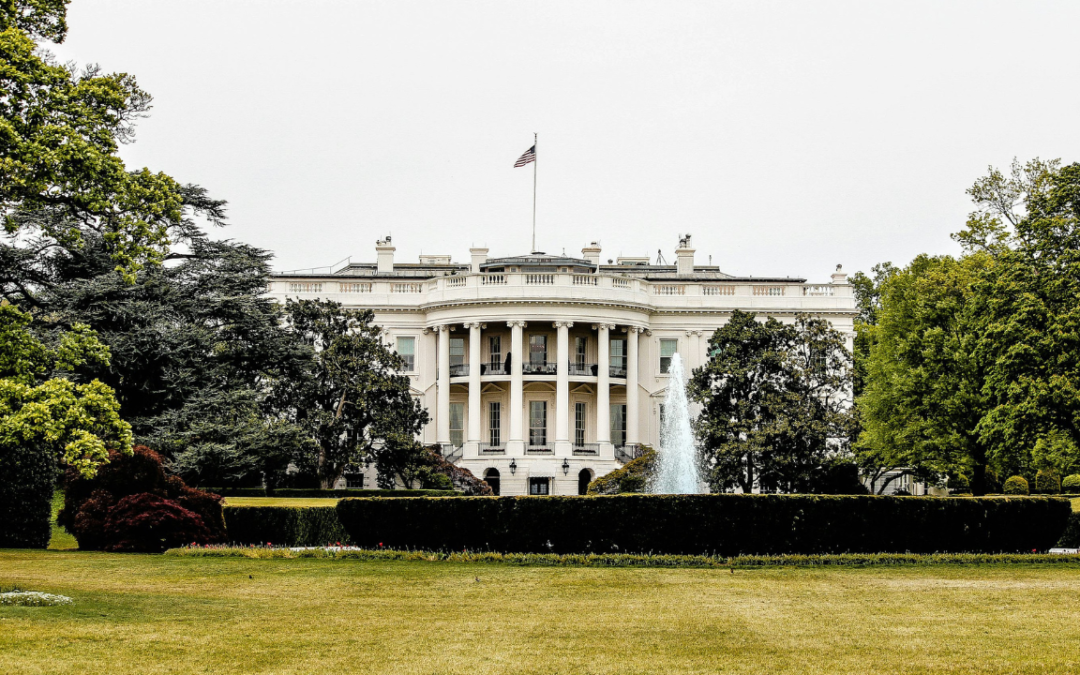This year, investors have bid up stock prices in hopes that the Federal Reserve (and other central banks) could pull off a ‘soft landing’ for the economy, a happy outcome of restoring inflation to its 2% target without pushing the economy into recession.
That might still happen—inflation is falling, and the economy continues to grow. But soft landings are not the norm. Nor is the unusual degree of today’s economic uncertainty, which now confronts the pilot—Jerome Powell—and his Federal Open Market Committee (FOMC) crew.
In what follows, we take a closer look at what economic and financial indicators are telling the Fed and the rest of us, and why their conflicting signals are creating a fog through which the Fed must navigate the economy to its landing.
We begin with an assessment of key upcoming economic releases—the myriad of measures the Fed uses to discern the flight path of the economy.
The coming week brings fresh and important data on the health of the US labor market, including the Job Openings and Labor Turnover Survey (JOLTS), the ADP report on job formation, and the August US employment report. Most observers expect all three readings to show a modest softening of labor market conditions, continuing the trend of recent months. For example, unfilled job vacancies are expected to fall to around 9.5 million, while new jobs growth will slow to about 175,000 for August. Wage inflation, as measured by the annual rate of average hourly earnings growth, is also expected to moderate.
If so, markets are apt to rejoice, seeing such readings as consistent with an economy cooling enough to lower inflation, but not so much as to risk tipping into recession. In that regard, this week’s reading on core personal consumption expenditures inflation—the Fed’s preferred inflation metric—will also be closely watched. If the monthly reading on core inflation rises only modestly, its year-on-year rate could dip below 4%, a very welcome development for Wall Street.
But as good as the coming week’s news might be, it arrives at a time when the broader dataflow has never been as contradictory or confusing. Consider, for example, key leading indicators for the economy, which are clearly pointing toward a US recession. The US yield curve has been inverted for the past year, with short-term interest rates above long-term yields. Historically, that is almost a foolproof precursor of recession. Similarly, US and global surveys of manufacturing have plunged to levels that typically accompany recessions. Surveys of the larger services sector are also moving into recession territory in Europe and are not far from it in the US.
At the other extreme resides the Federal Reserve Bank of Atlanta’s ‘GDP Now’ estimate. That measure, which tracks current quarter US economic activity, has roared ahead to a 5.9% annualized growth clip, indicating a strong upturn underway in the US economy. Similarly, the Citibank growth surprise index has improved in recent months—not just in the US but in all major economic regions. That tells us that the incoming growth data have been better than expected. US housing activity also appears to have bottomed despite the highest mortgage rates and worst readings on housing affordability in over two decades. Finally, bond yields have risen since the end of July—led by rising real rates of interest. The bond market, it seems, is concluding that economic conditions are improving.
It is difficult to recall a time when the economy’s health has been more difficult to discern. Is growth slowing or accelerating? And while post-Covid distortions are surely wreaking havoc with the data, today’s mixed signals are compounding the Fed’s challenges in setting monetary policy, which in turn is frustrating the ability of investors to handicap outcomes for interest rates, inflation, and growth.
To make matters worse, two other great uncertainties have also emerged—namely, doubts about the levels of the neutral real policy rate (r*) and of the natural rate of unemployment (u*). The former is the level of the Fed funds rate, adjusted for inflation, that neither stimulates nor restrains economic activity. The latter, u*, is the level of unemployment consistent with stable (non-accelerating) inflation.
While both r* and u* are always unknown and best thought of as flexible ranges rather than fixed points, uncertainty about both is unusually high today.
Even the Federal Reserve, with its armies of PhD economists, appears confused. For example, the Federal Reserve Bank of New York Fed and its counterpart in Richmond independently produce estimates of r*, but those measures have recently been diverging significantly. Indeed, the gap between the two is now roughly a full percentage point. That could mean, depending on the measure employed, that the Fed policy is too easy, about right, or too tight.
Something similar applies to the natural rate of unemployment, u*. Most FOMC members apparently believe that a durable reduction in US inflation requires some ‘slack’ in the labor market. Concretely, they believe the unemployment rate must rise from its recent range (3.5-3.7%) to something higher, perhaps 4.0-4.5%. But that jars with the reality that US measures of inflation are already falling, despite low unemployment. Moreover, probable declines in shelter inflation are apt to push inflation even lower over the next few quarters. Perhaps the Fed is wrong, and inflation may fall without requiring a rise in joblessness.
All these uncertainties—conflicting data, doubts about equilibrium levels of interest rates and unemployment rates—are not merely headaches for statisticians and academics. They matter greatly for the setting of monetary policy and for the ways that investors assess the future for interest rates, inflation rates, economic growth, and corporate profits. In short, the clouds that obscure the landscape hinder investors’ ability to discern the fundamentals that drive economic outcomes and portfolio performance.
Given the fog that abounds, sticking the soft landing has become an even greater challenge for the Federal Reserve. It also suggests that the glide path is going to be bumpy, punctuated by air pockets and course corrections—by the Fed and investors alike.



